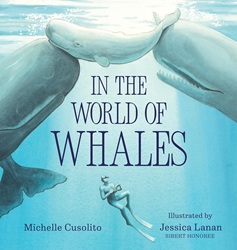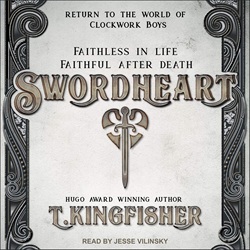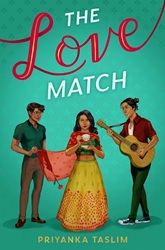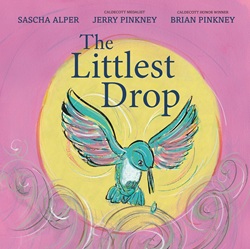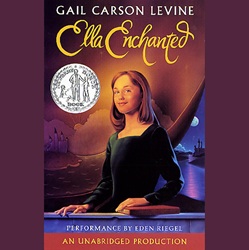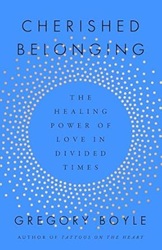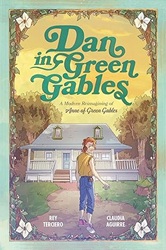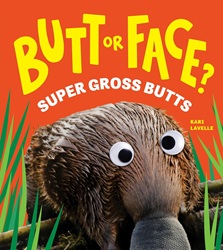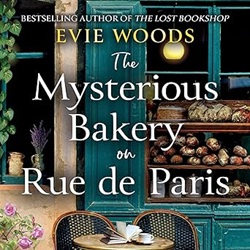Review of Not for the Faint of Heart, by Lex Croucher
by Lex Croucher
read by Kit Griffiths and Olivia Dowd
Macmillan Young Listeners, 2024. 11 hours, 36 minutes.
Review written June 26, 2025, from a library eaudiobook.
Starred Review
Not for the Faint of Heart had the look of the author’s other book, Gwen and Art Are Not in Love, so I was pretty sure I’d enjoy it. And sure enough, I was right about all of that.
Both books are set in alternate universes, dealing with descendants of legends. In Gwen and Art it was descendants of King Arthur, and in Not for the Faint of Heart, we’ve got grandchildren of Robin Hood and his Merry Men. In both books, the world has been altered to be LGBTQ-friendly in the medieval context, with plenty of LGBTQ characters and relationships. And both books are light-hearted and a whole lot of fun – with some serious thought thrown in, of course.
The book begins when Clem, a teenage girl who’s an apprentice healer, gets herself kidnapped by the Merry Men in place of her older mentor, who would have trouble with camping in the forest.
But the band of Merry Men isn’t like the heroes Clem has heard legends about. For one thing, they’re not all men, and they’re more militaristic than the folks from the tales. The band that took her away is led by Mariel Hood-Hartley, the granddaughter of Robin Hood, and daughter of Robin Hood’s son-in-law, Jack Hartley, the current commander of the Merry Men, and the one who insists on militaristic order. They’ve kidnapped Clem because she and her mentor have worked as healers on the Sheriff’s men, and they want to set an example. Clem is firm that if someone needs a healer, she will step up.
Mariel is our other viewpoint character. She is trying to please her father and earn her captaincy, but she can never seem to do so. When the larger group is ambushed on their secret forest paths and leaders are captured by the Sheriff, they’re sure that someone has betrayed them. But Mariel disagrees with the other captains about who’s responsible, and sees this as a chance to prove herself to her father.
Of course, we’re not surprised when the two viewpoint characters are attracted to each other. There’s romance and misunderstandings – all in the context of thinking about what is the true mission of the Merry Men and are they really fighting for the people of the wood? And plenty of fighting and plotting along the way.
Yes, there are some casualties of the fighting, but the book is mainly a light-hearted romp through a world that might have been, with romance and thoughts about how to do good in the world – and it leaves you feeling good.
Find this review on Sonderbooks at: www.sonderbooks.com/Teens/not_for_the_faint_of_heart.html
Disclosure: I am an Amazon Affiliate, and will earn a small percentage if you order a book on Amazon after clicking through from my site.
Disclaimer: I am a professional librarian, but the views expressed are solely my own, and in no way represent the official views of my employer or of any committee or group of which I am part.
Subscribe for more reviews and talk about books.
Join the conversation: What did you think of this book?

